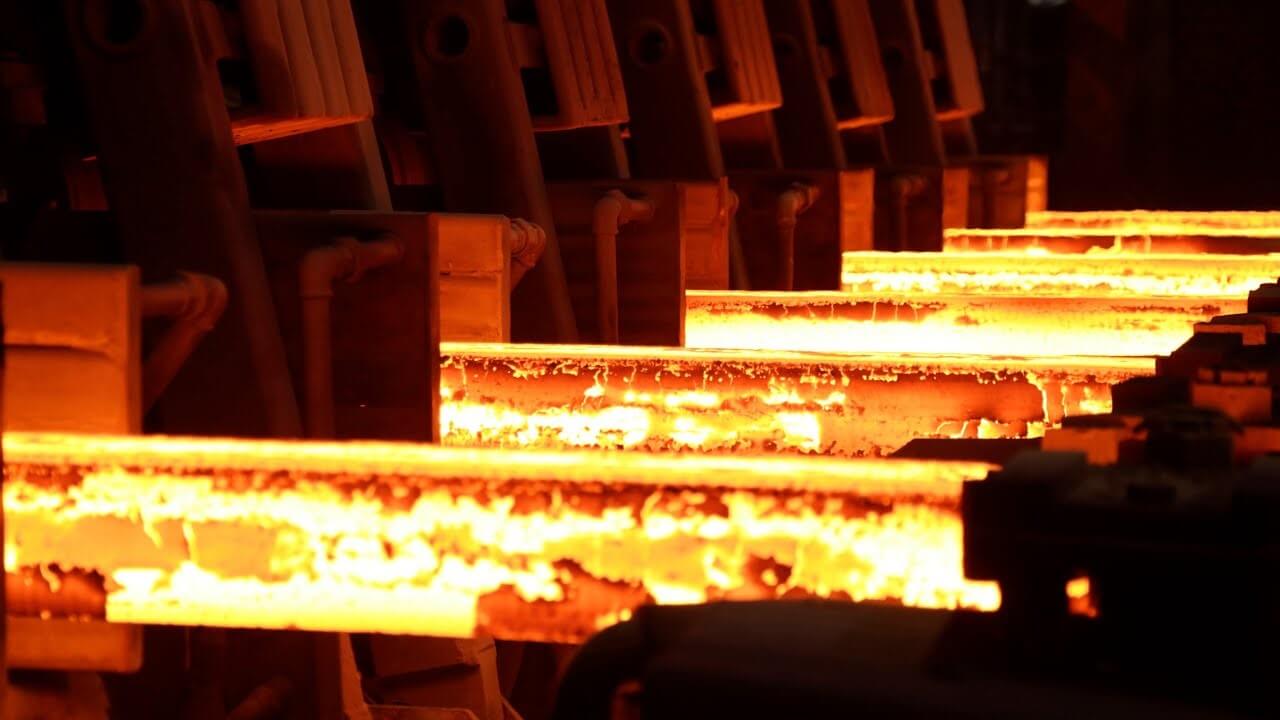How Making Steel Will Look Like In the 2020s

The steel industry is an indicator of the “health” of the global economy. It is as base materials in a wide range of other industries, for example, in the production of household appliances, automobiles, industrial equipment, in the construction of railway infrastructure, real estate for various purposes, and so on. The steel industry is constantly facing challenges. The main ones are overcapacity and restructuring. Unfortunately, in 2020, market growth will be slow in most regions. Moreover, more and more factors will put pressure on the industry. What will it look like and how will the steel market react to these changes?
Society requires greater transparency and accountability in all aspects of the steel industry, especially safety, environmental, and labor standards. The tragedy at the Brumadinho iron ore mine only proves the importance of the reports. Indeed, suppliers of raw materials want to work more closely with manufacturers.
Collaborating with worldsteel, the main energy agency is going to publish its technology roadmap, outlining a strategy to reduce CO2 emissions associated with steel production. It will be necessary to explain to people why decarbonization of the world economy will be a costly process and why it requires the use of a lot of cold rolled coils. Of course, it is needed to report on the costly and technically complex work, which should help produce steel with pure zero carbon.
Despite the fact that such technologies are unlikely to be commercial for another ten years, worldsteel will do everything to ensure a short-term and medium-term increase in the efficiency of the process in all areas. This should help reduce the climate impact of the industry.
Significant changes are already being observed but there are many more things to do. Due to the fact that the steel industry plays an important role in society, worldsteel can give people what they expect from it.
What is happening in the global market?
For the purposes of this study, the most interesting is the situation in the countries-consumers of steel:
Turkey – most of the metal rolling plants are closed;
Europe – 8 blast furnaces with an aggregate capacity of 15 million tons of steel per year were stopped, and a total of 15 plants producing rolled products and pipes stopped working;
USA – stopped production of pipes for oil wells and gas pipelines;
China – in February and March, the decrease in the production of steel was minimal, but by April, stocks had grown so much that smelting would inevitably be reduced.
Thus, for today, the global markets' steel decrease is visible and the closure of production is accompanied by a significant drop in prices.
839GYLCCC1992




Leave a Reply